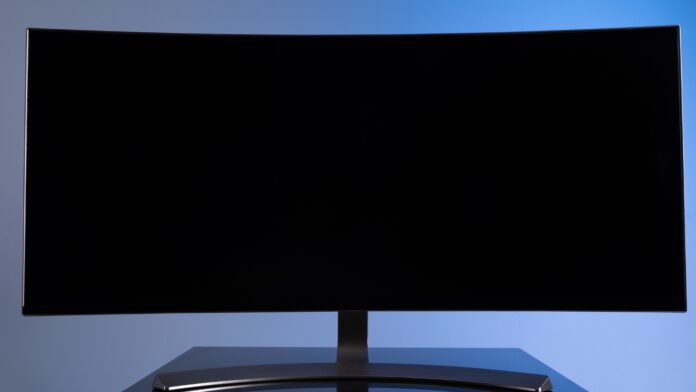Are QLED and OLED brightness bad for the eyes? This is a common concern among people who spend a significant amount of time in front of their TVs or monitors. With the rise in popularity of these advanced display technologies, it’s natural to wonder about their potential impact on our eye health.
QLED (Quantum Dot LED) and OLED (Organic Light-Emitting Diode) are two different types of display technologies used in modern TVs and devices. While both offer incredible picture quality with vibrant colors and deep blacks, there are some differences to consider when it comes to their brightness levels.
QLED displays typically have higher peak brightness compared to OLEDs. The intense brightness can be visually striking, but does it pose any harm to our eyes? Well, the good news is that manufacturers design these displays with user comfort in mind. They incorporate various features like automatic brightness adjustment, flicker reduction, and blue light filters to minimize eye strain.
When using QLED or OLED displays, it’s always advisable to follow best practices for healthy screen use. Taking regular breaks, maintaining proper distance from the screen, adjusting ambient lighting conditions, and ensuring optimal viewing angles can all contribute to reducing eye fatigue and discomfort.
Understanding QLED and OLED Display Technologies
The Difference Between QLED and OLED Displays
When it comes to display technologies, two terms that often come up are QLED (Quantum-dot Light Emitting Diode) and OLED (Organic Light Emitting Diode). While both offer stunning visual experiences, there are fundamental differences between the two.
QLED displays utilize Quantum Dots, which are tiny semiconductor particles that emit light of different colors when stimulated by an external light source. These quantum dots enhance color accuracy and brightness levels. On the other hand, OLED displays consist of organic compounds that emit light when an electric current passes through them.
One significant distinction between QLED and OLED displays is how they handle backlighting. QLED panels require a separate backlight source to illuminate the pixels, while each pixel in an OLED panel emits its own light. This self-emissive property allows for deeper blacks and better contrast ratios on OLED displays.
How QLED and OLED Technologies Work
QLED technology works by using blue LED lights as a backlight source that passes through layers of quantum dots, producing colored light. By adjusting the intensity of these quantum dots’ emission, a wide range of colors can be achieved with great precision. The combination of these colored lights creates vibrant images on the screen.
In contrast, each pixel in an OLED display consists of organic materials that emit their own light when electrical current flows through them. This eliminates the need for a separate backlight source and enables individual pixels to turn off completely for true black representation, resulting in infinite contrast ratios.
Comparing the Brightness Levels of QLED and OLED
Brightness is another factor to consider when comparing QLED and OLED displays. Generally speaking, QLED displays tend to achieve higher peak brightness levels compared to their OLED counterparts. This extra brightness can be especially beneficial in well-lit environments or when viewing HDR content with bright highlights.
However, it’s important to note that OLED displays excel in achieving perfect blacks since each pixel can independently turn off. This creates a more immersive viewing experience, especially when watching movies or playing games with darker scenes.
In terms of eye comfort, both QLED and OLED displays are designed to meet industry standards for eye safety. However, prolonged exposure to any bright screen can potentially cause eye strain or discomfort. It’s always advisable to take regular breaks and adjust the display brightness according to your personal preference and the ambient lighting conditions.
Overall, both QLED and OLED technologies offer impressive visual performance with their unique strengths. The choice between them ultimately depends on individual preferences regarding factors such as contrast ratio, peak brightness, and price range.

Are QLED and OLED Brightness Bad for the Eyes?
There’s a common concern among people about whether QLED and OLED displays are bad for the eyes due to their brightness levels. In this section, I’ll address this myth and provide you with some insights into the potential impact of these display technologies on eye health.
Contrary to popular belief, QLED and OLED displays themselves are not inherently harmful to our eyes. Both technologies have their own unique characteristics that contribute to an exceptional visual experience. However, it’s essential to consider certain factors that can affect eye comfort and overall eye health when using any type of display.


